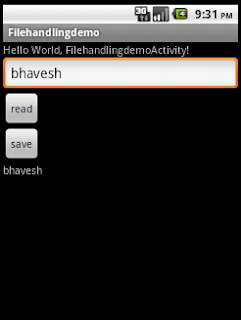DWDM stands for datawarehoousing and data mining
OLTP stands for online transactional process
DSS stands for decision support system
DM stands for data mart
DWA stands for data warehouse administrator
OLAP stands for online analytical processing
ROLAP stands for relational online analytical processing
MOLAP stands for multidimensional online analytical processing
HOLAP stands for hybrid online analytical processing
ETL stands for extraction, transforming and loading
KDD stands for knowledge discovery database
DIC stands for dynamic itemset counting
WEKA stands for waikato environment for knowledge analysis
CSV comma separated value
ARFF stands for attribute relation file format
CART stands for classification and regression tree
CHAID stands for CHI-squared automatic interaction detector.
IMD stands for information management system
VSAM stands for virtual storage access method
ISAM stands for sequential access method
OLTP stands for online transactional process
DSS stands for decision support system
DM stands for data mart
DWA stands for data warehouse administrator
OLAP stands for online analytical processing
ROLAP stands for relational online analytical processing
MOLAP stands for multidimensional online analytical processing
HOLAP stands for hybrid online analytical processing
ETL stands for extraction, transforming and loading
KDD stands for knowledge discovery database
DIC stands for dynamic itemset counting
WEKA stands for waikato environment for knowledge analysis
CSV comma separated value
ARFF stands for attribute relation file format
CART stands for classification and regression tree
CHAID stands for CHI-squared automatic interaction detector.
IMD stands for information management system
VSAM stands for virtual storage access method
ISAM stands for sequential access method




